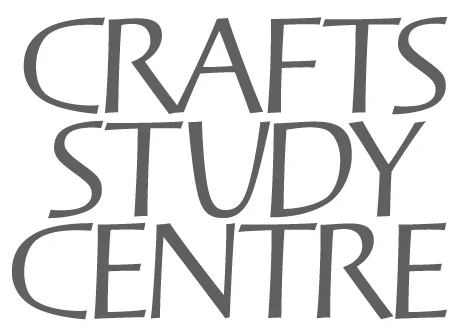Linda : Dough - Craft and Culinary Art
/I am intrigued by the cultural heritage influencing Tina’s work, and the significance of lurji supra (blue tablecloth) in the traditions of the Georgian feast. I find the connection between craft and culinary art compelling – the link between textiles and food, their common materials and ingredients.
I find it impossible to ignore the association between the images of bread baking in the hot cavities of traditional Georgian ovens, and the vat of fermenting indigo dye in Mashiko, Japan. Both vessels are transitionary spaces, places for the figuration of substance into form or the development of colour into cloth.
Indigo vat at the Higeta Indigo Workshop, Mashiko, Japan. Photo: Mayumi Tsukimura.
Linda working as Artist in Residence 2016 at the Higeta Indigo Workshop, Mashiko, Japan. Photo: Mayumi Tsukimura.
Georgian shoti bread. Photo: Culinarybackstreets.com
Flour and other starch-based ingredients are central to breadmaking, and wheat, rice and corn are the basis of many resist dyed textiles worldwide. In England, Susan Bosence is regarded as one of the foremost textile printers and dyers of the twentieth century. While she is noted for her hand block printing, she wrote, ‘For my part, I am happy to work in a resist method – paste, stitch or wax – to produce lines whose character and texture evolve from the way they are made’ (1985:90). Using ordinary household flour and water, Susan developed a unique process of painted paste resist – refining her techniques and consistencies, and pulling the hardened paste to reveal lines and cracks in a series of striped cloths.
Susan Bosence (1950s-70s) Length with two paste-resists, over-dyed with Soledon dyes in blue and brown on cotton. Accession number T.75.5. Rights: Professor Daniel Bosence/Crafts Study Centre 2004.
Susan Bosence (1950s-70s) Length, paste-resists over-dyed with Soledon dye in green on cambric. Accession number T.75.20. Rights: Professor Daniel Bosence/Crafts Study Centre 2004.
In this project I am exploring the potential of flour to resist dye, but not as a paste. Rather, I am experimenting with dough – its capacity to be rolled, cut, shaped and stretched - exploiting its supremely tactile qualities and its effects on cloth. Here, I am manipulating the dough, compressing it into the fibres and baking it to form a resistant crust. These images record the early stages of visual and technical investigations. They represent the very beginnings of new work, while generating the bizarre and enthralling results of cloth encrusted with baked bread!
Images 1-16: Linda Brassington (2021) Experimental investigations with dough.
Images 17-24: Linda Brassington (2021) Experimental investigations on linen and wool.
































